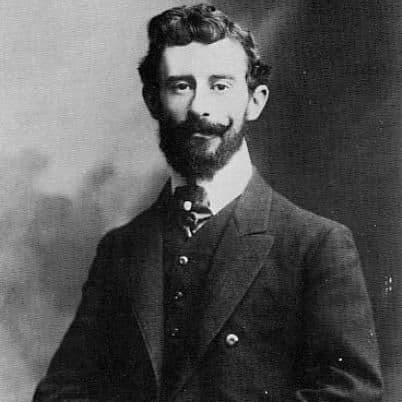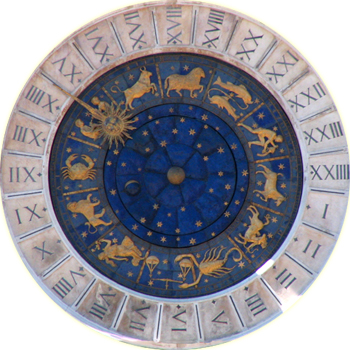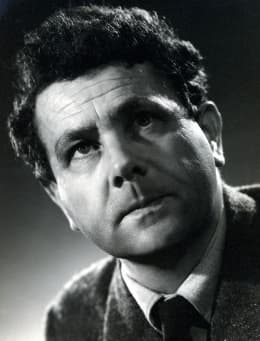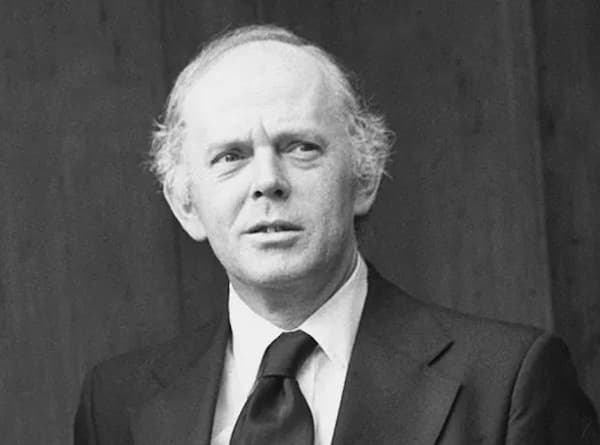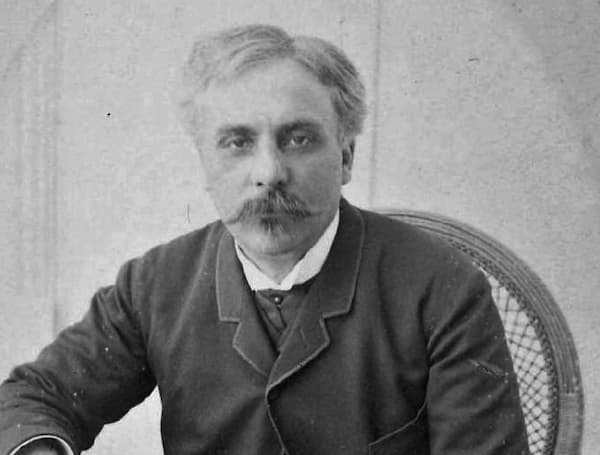In the early morning hours of 28 December 1937, Maurice Ravel lapsed into a coma and died at the age of 62. He had been troubled by persistent health problems for some time, suffering from insomnia, extensive bouts of depression
Blogs
Music featuring icy climates has always fascinated composers. Many composers are compelled by frozen tundra, the extremes of the poles, and frigid temperatures, and they have used polar backdrops as inspiration. Sergei Prokofiev’s Battle of the Ice from his work
I must admit that I occasionally check my horoscope. Many times, I look upon my daily predictions with a playful suspension of disbelief, but occasionally, it seems to fit really well. I know as a fact that many of my
English composer Gerald Finzi (1904–1956) wrote to a friend about his love / hate relationship with the year’s end: ‘I love New-Year’s Eve, though I think it’s the saddest thing of the year’ and in his 1926 piece, Nocturne (New
These days, with the horrors that are unfolding on every continent, we look for peace. But what, exactly, might we be looking for? Australian composer Malcolm Williamson (1931–2003) moved to London when he was in his 20s and started on
John Eliot Gardiner Conducts Chabrier, Stravinsky and Debussy With Isabelle Faust Visions of innocence evoke an ethereal glimpse into a world untouched by the burdens of experience, where purity lingers untainted by complexities and disillusionments. These fleeting moments capture the
Poet Placide Cappeau (1808–1877) was so inspired by the new stained glass windows in his church in Roquemaure, France, that he wrote a poem, ‘Minuit, chrétiens’ in its honour. It’s a powerful poem urging Christians to use midnight as the
Gabriel Fauré (1845–1924) created his Berceuse in early 1880, first for violin and piano. It was heard by the publisher Julienne Hamelle who immediately snatched it up for publication. The work, for muted violin and piano, has a rocking accompaniment,

